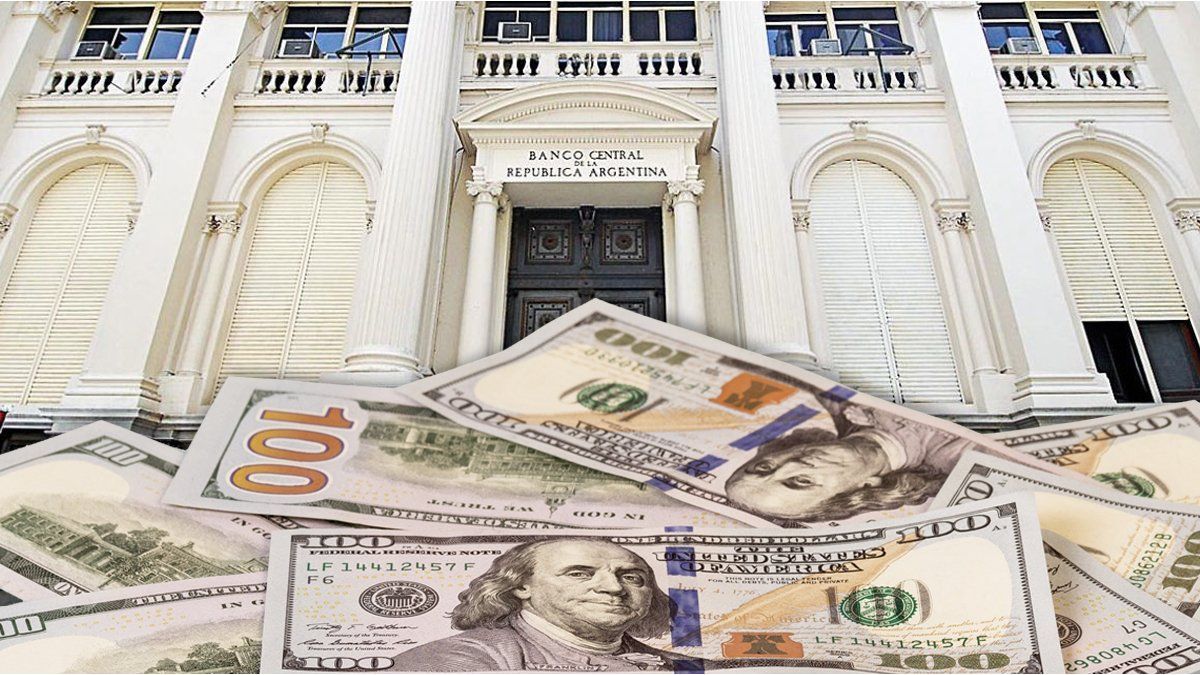It’s been almost two months since the Government made a surprise announcement in X, in which he notified the market that he would sell dollars to contain the exchange rate gap. Since December 2023, the objective remains the same: to maintain the parallel exchange rates without any surprises to lower inflation, until the monthly variations are at levels similar to those of the “crawling peg” of 2% in the official market.
In the last few hours, the Central Bank revealed – in the July exchange balance report – that in the second half of July US$326 million were used to intervene in the MEP and Contado con Liquidación (CCL) dollar. In those days, it is important to remember, the gap between the blue dollar and the official dollar reached its highest point of the year, 62%, while that of the CCL almost exceeded 55%.
Those days were marked by distrust in the announcement of the beginning of “Phase 2”, which involved selling foreign currency in the exchange market to sterilize the issue from the purchase of dollars by the BCRA in the MULC, in a context of scarcity of reserves. Thus, the first fact of mistrust to the economic team, after which the market “punished” him for the lack of precision and for generating a reminiscence of policies from the previous administration.
Exchange rate gap intervention: larger than expected?
According to PPI, The intervention figure was higher than expected (US$290 million). “What is striking is that the BCRA had to resort to this mechanism in a month in which more exports were settled. That is, there was a greater supply via the financial market thanks to the 80/20% blend. Exports of goods climbed from US$4,931 million to US$5,891 million in July, which would imply a supply of some US$1,200 million in MEP/CCL compared to June,” they explained.
“What was announced as an additional measure within the new monetary scheme implied up to now a loss of reserves for more than US$500 million, and led to CCL volatility plummets to levels similar to those recorded prior to the legislative elections in 2021“, Consultatio revealed in a recent report.
“In the last week This trend intensifiedand government intervention amounted to an average of US$30 million per day. In a context in which the dynamics of the rest of the emerging currencies meant additional pressure (the Brazilian real depreciated 2.4% in the last five days), the CCL remained on the sidelines and almost unchanged despite registering a record correlation with the currency of its main commercial partner,” they warn.
Along the same lines, the IERAL -in a recent report- stressed that, since the beginning of “Phase 2” until August 26, reserves worth more than US$530 million were sacrificed to bridge the gap. The amount It seems irrelevant compared to the US$2.766 billion used in the Martín Guzmán era and the US$7.619 billion of Sergio Massa, according to figures from EcoGo.
consultatio.PNG
Dollar: Will the BCRA continue to intervene in September?
One of the unknowns is what will happen in terms of reserves for this month. In principle, the two most relevant factors that will allow it to have cards in its favor are the money laundering and the lower energy imports. This will allow the Central Bank manages its resourcesin a context that, as is already known, is seasonally unfavorable.
In response to a query Scope, Fernando Villarindependent financial advisor, projected that the amount of intervention may vary, but is expected to remain stable during September. For PPI, meanwhile, the BCRA, may extend its buying streak.
According to the FyMA’s prospectsit is expected that the CCL dollar is calm, due to the offer of money laundering and the payment of personal property. “In addition, the BCRA still has US$1,000 million to intervene if it wishes to do so,” they said.
Finally, an important fact for the market was the rate signal that was given in the last debt auction, where the The Treasury approved a rate 0.2pp higher than the prices in reference to the secondary market.
September for analysts It might not be the most complex to manage dollars in terms of the exchange rate gap, but everything remains to be seen. Although today it is at levels below 40%, it was able to reach levels of 20% in mid-May, without the need for intervention. This is a more than optimal number, not only for financial agents, but for something crucial: the long-awaited release from the corral.
Source: Ambito
I am a 24-year-old writer and journalist who has been working in the news industry for the past two years. I write primarily about market news, so if you’re looking for insights into what’s going on in the stock market or economic indicators, you’ve come to the right place. I also dabble in writing articles on lifestyle trends and pop culture news.




